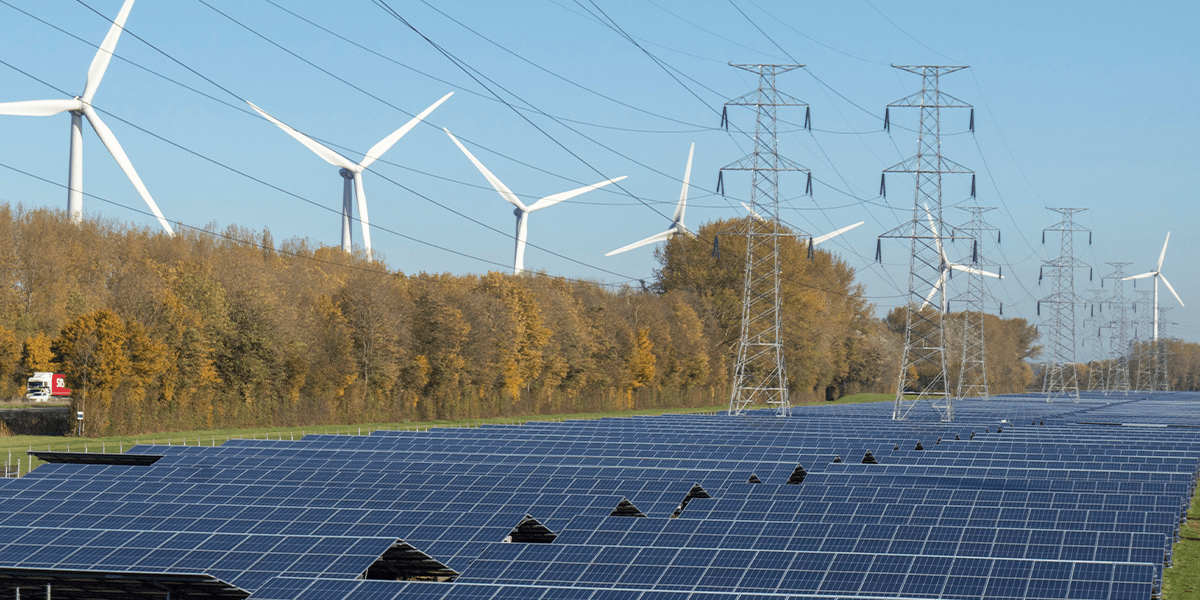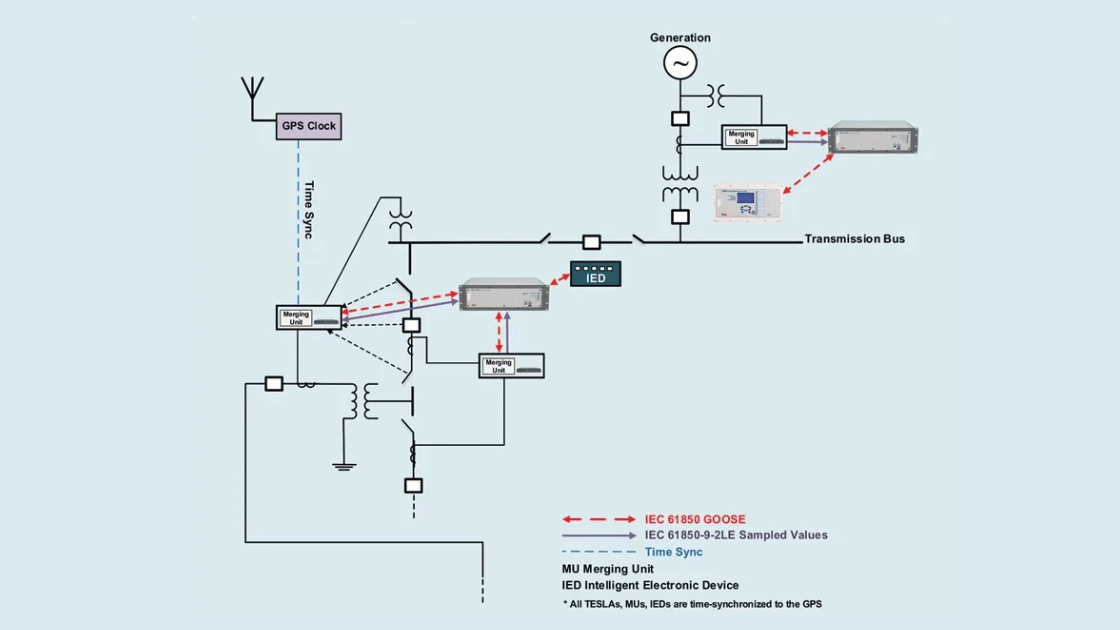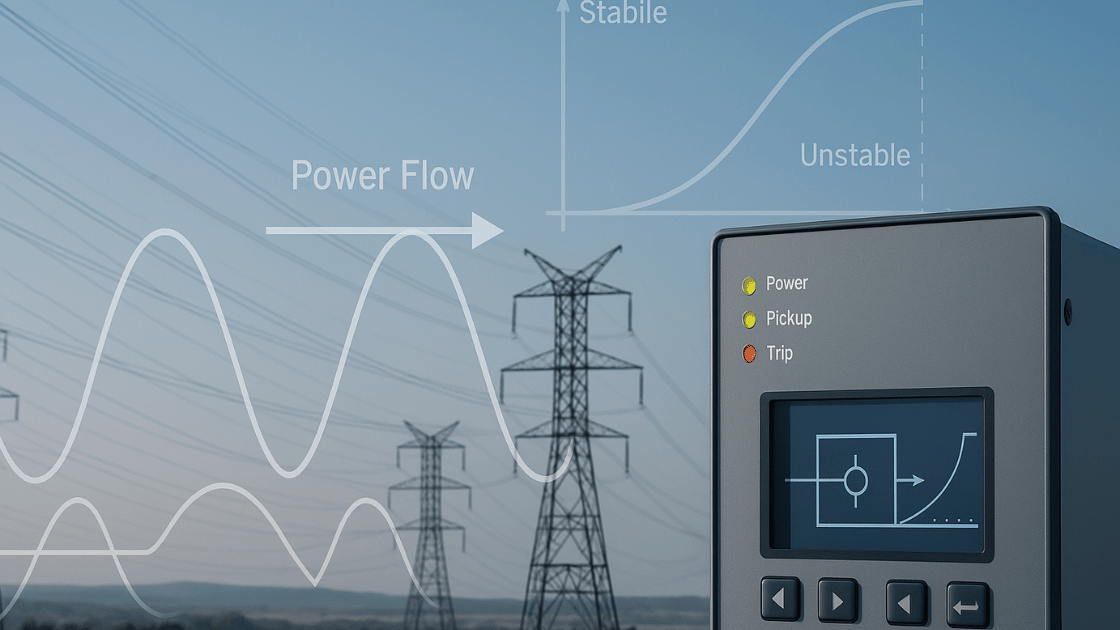A Coordinated Electric System Interconnection Review—the utility’s deep-dive on technical and cost impacts of your project.
What is Smart Grid Technology? Benefits, Use Cases & Utility Impact
January 17, 2022 | Blog

What is Smart Grid Technology?
Utility companies across the U.S. are under constant pressure to optimize aging infrastructure, cut operational costs, and enhance power reliability. Traditional electric grids often fall short, especially under the demands of distributed energy resources, rising consumption, and extreme weather.
Enter smart grid technology—a digital transformation that’s helping utilities modernize systems, improve grid performance, and meet regulatory compliance.
Definition: What is a Smart Grid?
A smart grid is a modern power distribution network that supports two-way communication of electricity and data. Unlike traditional grids, it allows real-time monitoring, automation, self-healing capabilities, and active consumer participation.
Key Features of a Smart Grid:
- Supports renewable energy integration (solar, wind, hydro)
- Delivers real-time consumption data to consumers
- Enables utilities to detect and respond to faults instantly
- Integrates substation automation and smart meters
- Enhances cybersecurity and data-driven grid planning
How Smart Grid Technology Helps Utilities
1. Remote Asset Optimization & Cost Savings
Smart grid systems enable utilities to monitor, diagnose, and control equipment remotely, reducing truck rolls, downtime, and unexpected failures.
By deploying sensors and control systems at low and medium-voltage substations, companies gain predictive maintenance capabilities, improved power quality, and lower operating expenses (OPEX).
2. Boost Return on Smart Meter Investment
Smart meters play a crucial role in the grid modernization journey. These meters communicate with data aggregation points in substations, allowing utilities to:
- Monitor load flow in real time
- Track consumption patterns
- Prevent overloads and service disruptions
The data analytics captured from smart meters improves grid reliability and strengthens the return on capital investments in smart infrastructure.
3. Reduce Service Interruptions & Improve Reliability
Even brief outages can disrupt businesses and endanger safety. Smart grids mitigate this by:
- Locating and isolating faults automatically
- Rerouting power around affected areas
- Allowing faster restoration times
Underground smart grids, in particular, experience fewer interruptions from weather-related issues (e.g., storms, falling trees) than overhead lines.
Real-World Impact of Smart Grids
Smart grids also:
- Improve grid resilience during natural disasters
- Enable dynamic pricing and demand-response programs
- Enhance NERC reliability standard compliance
- Facilitate integration of Battery Energy Storage Systems (BESS)
Why Choose Keentel Engineering for Smart Grid Engineering?
With decades of experience in electrical system design, NERC compliance, and substation automation, Keentel Engineering helps utilities:
- Modernize infrastructure cost-effectively
- Integrate DERs and smart devices into transmission networks
- Conduct Load Flow, Arc Flash, and Transient Stability studies
We bring technical depth and industry compliance expertise to your next smart grid deployment.
📞 Contact Us for engineering support or a consultation.
FAQ: Smart Grid Technology
Q1: What’s the difference between a smart grid and a traditional grid?
Smart grids enable two-way data communication, automation, and real-time control. Traditional grids only deliver one-way power with limited feedback or intelligence.
Q2: Is a smart grid required for solar integration?
While not required, smart grids greatly enhance the efficiency and reliability of solar and other renewable energy integration by balancing load and improving power quality.
Q3: What role do substations play in a smart grid?
Substations serve as control and aggregation points. Medium-voltage substations collect data from smart meters, automate switching, and manage voltage levels in real time.
Final Thoughts
Smart grid technology is more than just an upgrade—it’s the future of efficient, data-driven, and reliable energy distribution. Whether you're integrating renewables, deploying smart meters, or enhancing NERC compliance, Keentel Engineering can guide your smart grid journey with proven expertise.

About the Author:
Sonny Patel P.E. EC
IEEE Senior Member
In 1995, Sandip (Sonny) R. Patel earned his Electrical Engineering degree from the University of Illinois, specializing in Electrical Engineering . But degrees don’t build legacies—action does. For three decades, he’s been shaping the future of engineering, not just as a licensed Professional Engineer across multiple states (Florida, California, New York, West Virginia, and Minnesota), but as a doer. A builder. A leader. Not just an engineer. A Licensed Electrical Contractor in Florida with an Unlimited EC license. Not just an executive. The founder and CEO of KEENTEL LLC—where expertise meets execution. Three decades. Multiple states. Endless impact.
Services

Let's Discuss Your Project
Let's book a call to discuss your electrical engineering project that we can help you with.

About the Author:
Sonny Patel P.E. EC
IEEE Senior Member
In 1995, Sandip (Sonny) R. Patel earned his Electrical Engineering degree from the University of Illinois, specializing in Electrical Engineering . But degrees don’t build legacies—action does. For three decades, he’s been shaping the future of engineering, not just as a licensed Professional Engineer across multiple states (Florida, California, New York, West Virginia, and Minnesota), but as a doer. A builder. A leader. Not just an engineer. A Licensed Electrical Contractor in Florida with an Unlimited EC license. Not just an executive. The founder and CEO of KEENTEL LLC—where expertise meets execution. Three decades. Multiple states. Endless impact.
Leave a Comment
We will get back to you as soon as possible.
Please try again later.














